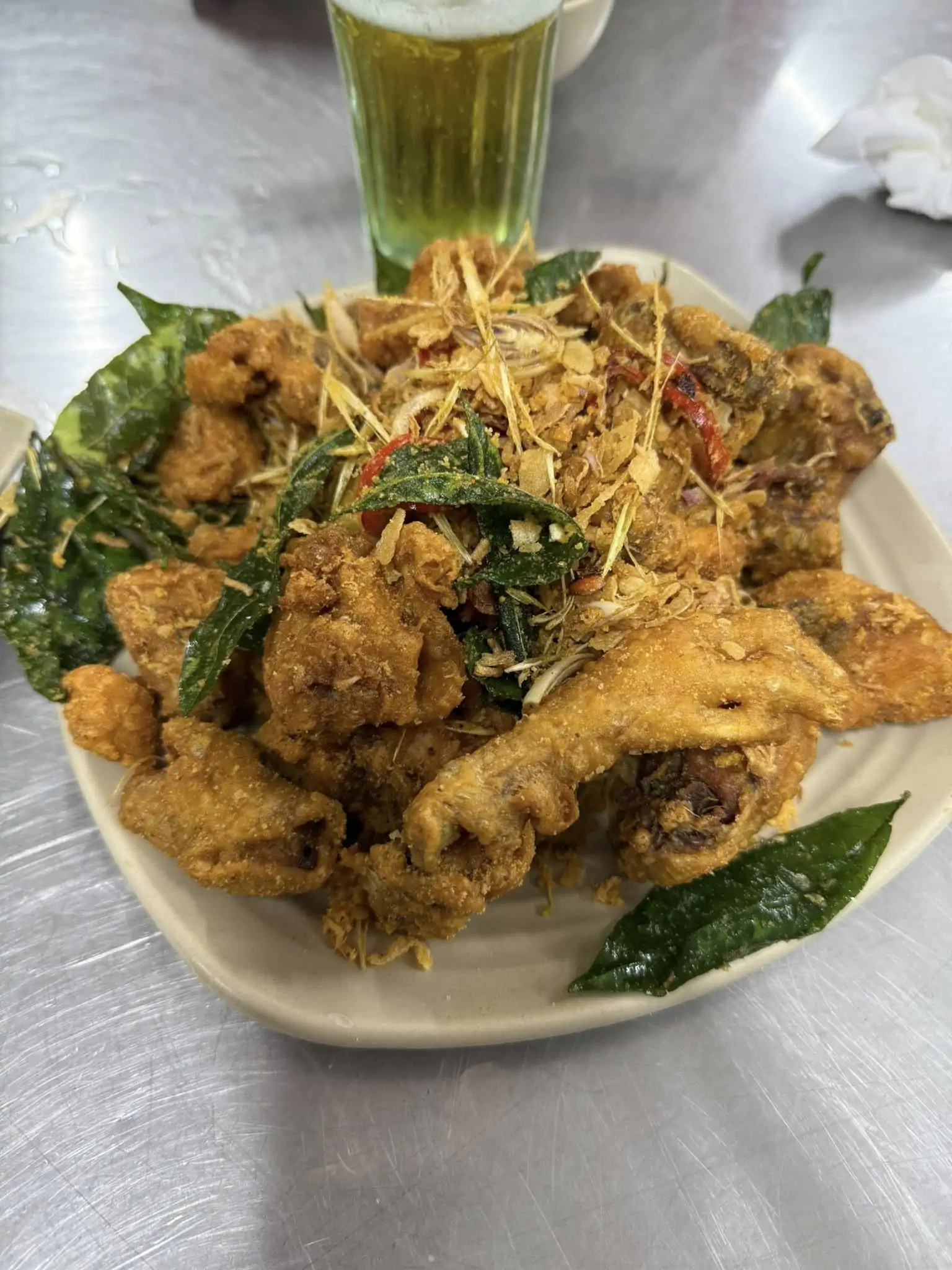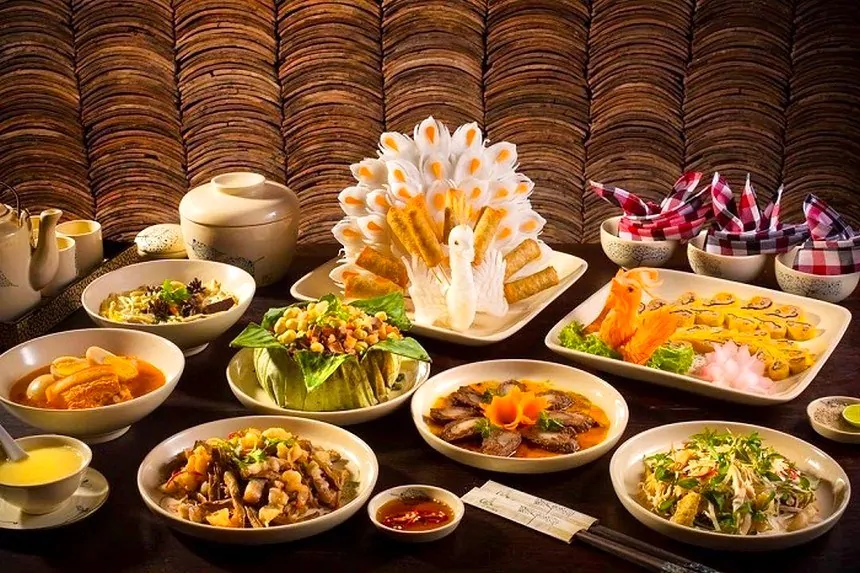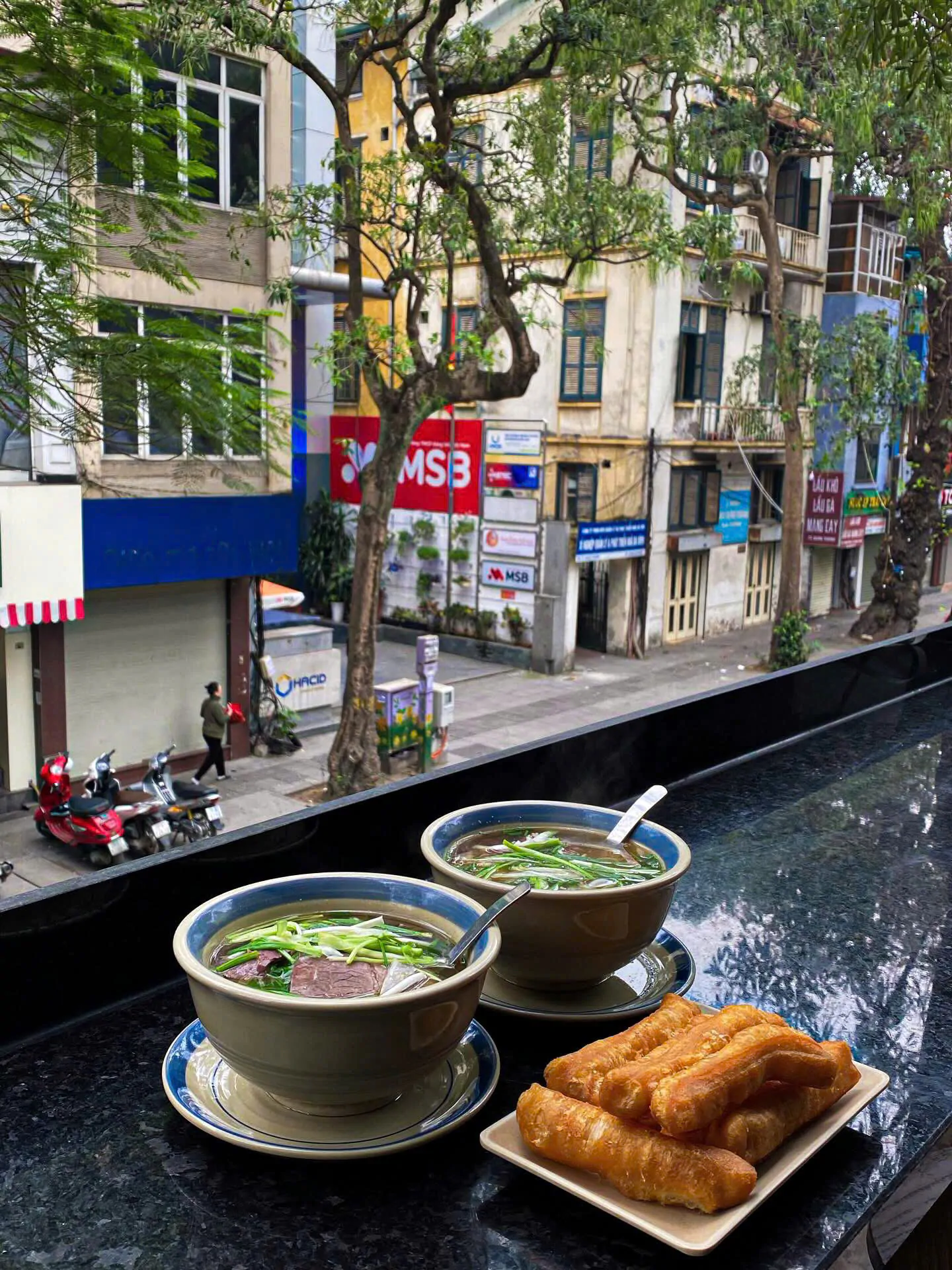Contents
Hoi An Old Town: A Timeless Journey Through History and Culture
Unlike the bustling cities of Hanoi or Ho Chi Minh City, Hoi An Ancient Town seems to be detached from the rapid development of the country while still retaining a timeless beauty, from its ancient streets to its famous architectural landmarks. Located about 30 km south of Da Nang, Hoi An Ancient Town is truly a wonderful place to get closer and more personal with the true essence of Vietnam, its people, and its history.
It is also a rare place where you can find a delicate fusion of Vietnamese, Chinese, and Japanese architecture.
1. History of Hoi An Ancient Town
Hoi An has endured centuries of history yet remains unchanged, much like its early days. Two significant historical influences on the city were the occupations by the Japanese, Chinese, and Westerners (Dutch and Spanish) in the 16th and 17th centuries.

During China’s trading period, the town was referred to as “Hải Phố” (Seaside Town) in Vietnamese. Initially, Hải Phố was a divided town, with the “Japanese Bridge” once being a settlement of the Japanese people (16th-17th centuries). Later, the French and Spanish referred to it as Faifo, a major international port city.
Thanks to these days, the cultural pastimes, and diverse customs of foreigners deeply influenced Hoi An until today.
What makes Hoi An unique?
Anyone who visits Vietnam cannot deny that Hoi An Ancient Town is attractive due to its climate, architecture, religion, and festivals.
2. Climate in Hoi An
As an ancient town in central Vietnam, Hoi An experiences two seasons with a common warm average temperature of 29°C for most of the year. The rainy season extends from September to January, with the rest of the year being dry. Most days have temperatures ranging from 25°C to 30°C, with the hottest months being June and July.

3. Architecture

Visitors to Hoi An are greeted with a plethora of streets and houses boasting nearly intact ancient architecture, characterized by moss-covered walls, smooth-tiled roofs, primitive furnishings, and more.
Hoi An has been fortunate to serve as a melting pot of cultures during the early expansion of Dai Viet. This era witnessed influences from Cham culture, various Asian civilizations such as Japanese, Chinese, and Indian, as well as interactions with Western traders during the 16th century.
These diverse cultural influences continue to be visible today. Colorful assembly halls, established by Chinese immigrants from Guangdong and Fujian provinces, stand as silent witnesses to the town’s trading origins.
While Hoi An’s ancient charm remains ever-present, on the 14th day of the lunar month, modernity takes a back seat. The town showcases a blend of high-end Eastern and Western architectural styles, creating a unique ambiance that appeals to all tourists, even those less inclined toward classical styles. It’s truly fascinating to witness how a vibrant ancient world can coexist in this modern and high-tech era.
4. Festivals

Visitors should definitely not miss out on some of Hoi An’s major festivals, such as the Full Moon Festival. Taking place on the 14th day of the lunar month, the night before the full moon, the Old Town comes alive with even more vibrancy, liveliness, and the streets are adorned with colorful lanterns. Another significant event is the Mid-Autumn Festival, celebrated on the 14th day of the 8th lunar month.
Last but certainly not least, the “lantern festival,” one of the most enchanting and distinctive festivals in Hoi An, typically occurs on the 15th day of the lunar month. During this event, all electric lights are switched off, and the ancient town is illuminated solely by the warm glow of silk, glass, and paper lanterns. A mesmerizing, romantic, and mystical atmosphere envelops the town, captivating the curiosity and delight of all who experience it.
5. Religion
Your description beautifully captures the essence of Hoi An’s spiritual practices on the 14th day of the lunar month. It effectively highlights the significance of Buddhist worship in the local community and the opportunity it provides for visitors to connect with the town’s rich cultural heritage. The mention of incense and chants adds to the vivid imagery, creating a sense of the enchanting atmosphere in Hoi An during these rituals. Overall, it’s a compelling portrayal of this aspect of Hoi An’s cultural life.
6. Transportation
Exactly! The streets in Hoi An are generally less congested compared to bustling cities like Hanoi and Ho Chi Minh City. While motorbikes still play a significant role in local transportation, there are specific streets where motorbike access is restricted during certain times, creating a more pedestrian-friendly atmosphere and making it easier for tourists to navigate the town safely.
7. What to Eat in Hoi An?
Cao Lau is indeed a beloved dish in Hoi An, known for its unique flavor and texture. One of the secrets to its distinctive taste lies in the special water used to make the noodles. Traditional Cao Lau noodles are made from rice soaked in water from specific wells in Hoi An, which are believed to impart a unique flavor and texture to the noodles. Additionally, the dish is typically served with slices of succulent pork, fresh herbs, crispy croutons, and a flavorful broth, creating a harmonious blend of flavors and textures that captivates the palate.

Couldn’t agree more! The culinary delights of Hoi An, like Cao Lau paired with Vietnamese iced coffee, offer not just a taste of the local cuisine but also a sensory journey through the city’s vibrant culture and heritage. It’s these unique experiences that make traveling to Hoi An such a memorable and rewarding adventure.
8. What to See in Hoi An?
Exploring Hoi An’s historical attractions feels like a journey through time, immersing visitors in a world of classical charm and cultural heritage. The renowned Japanese Covered Bridge, erected by the Japanese community in the 1600s, stands proudly as a testament to the town’s rich history and cross-cultural influences.
Don’t miss the chance to visit other iconic landmarks like the Quan Cong Temple and the Museum of Culture, offering invaluable insights into Hoi An’s vibrant heritage and traditions. For architecture enthusiasts, exploring the town’s ancient houses, including Phung Hung House, Quan Thang House, and Tan Ky House, provides a fascinating glimpse into unique architectural styles and their historical significance.

The architectural charm of these houses beautifully exemplifies the amalgamation of local styles with influences from Japan and China. Take, for instance, the Quang Dong Assembly Hall, which features a serene courtyard adorned with intricately crafted statues, offering a window into its rich historical and cultural significance. Visitors can admire the intricate dragon statues, painted in soft pastel hues, adorning its partially concealed rear courtyard.
Other remarkable landmarks include the Phuc Kien Assembly Hall, symbolizing the Fujianese community, and the Trieu Chau Assembly Hall. For those drawn to Buddhist practices, Hoi An presents an abundance of temples to explore, including Ong Temple, Quan Am Pagoda, Tu Minh Pagoda, and more, each providing a tranquil sanctuary for introspection and meditation.
Furthermore, Hoi An has earned acclaim as a shopper’s paradise, captivating tourists with its diverse offerings of souvenirs, handicrafts, antiques, silk goods, artworks, and more. Whether meandering through vibrant markets or perusing boutique stores, visitors are certain to discover treasures that encapsulate their journey through this captivating town.
9. How to Get There
To get to Hoi An Ancient Town, you can select from various transportation options like trains, buses, taxis, or even flights if you’re not near Da Nang City.
If you decide on the bus or train, upon arrival, you’ll need to arrange for a motorbike taxi (xe ôm) to take you to the town center. Alternatively, choosing a taxi can eliminate this extra step, albeit at a higher cost. If you possess a car or motorbike and can drive from Da Nang, it can offer a more enjoyable journey, allowing you to appreciate the fresh air and scenic vistas along the route.
10. Where to Stay
Finding excellent accommodation near Hoi An Ancient Town is quite manageable. However, for the ultimate experience, consider the following recommendations:
– Lantana Hoi An Boutique Hotel & Spa
– Location: 09 Ngoai Ngoc Hau, Minh An, Hoi An, Quang Nam
– Phone: 0235 3963 999
– Hoi An Silk Luxury Hotel & Spa
– Location: 14 Hung Vuong, Cam Pho, Hoi An, Quang Nam
– Phone: 0235 3963 399
– Vinh Hung Hotel
– Location: 143 Tran Phu, Minh An, Hoi An, Quang Nam
– Phone: 0235 3861 621
Hoi An, with its enchanting lantern-lit evenings, quaint ancient dwellings, distinctive cultural aspects, and vibrant festivals, warmly welcomes you with its hospitable and culturally diverse populace. Are you prepared to embark on a cultural exploration adventure?
Vietnam Discovery Tours suggests that this itinerary provides a broad overview, and you can tailor it to suit your preferences and available time. It’s always advisable to check the weather forecast and the availability of attractions before your trip.

























